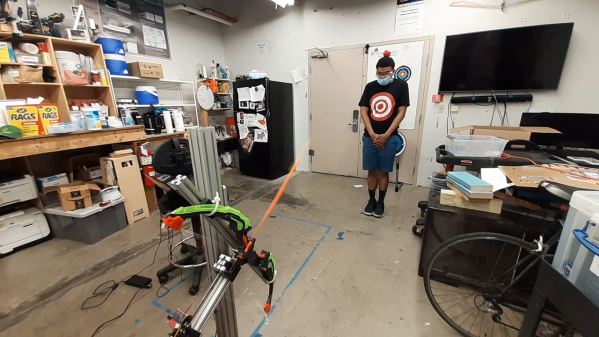Maybe you like to live dangerously. Like, James Bond dangerously. Well, we won’t judge, but we will pass this along — BMW has created the ultimate driving machine for shootouts and war zones.
 Rather than having aftermarket anti-ballistic bits and bobs attached at a later date, this BMW 7 Series is born anti-ballistic and explosion-resistant, built from the ground up with armor steel. They call this the BMW Protection Core.
Rather than having aftermarket anti-ballistic bits and bobs attached at a later date, this BMW 7 Series is born anti-ballistic and explosion-resistant, built from the ground up with armor steel. They call this the BMW Protection Core.
By building it this way, there are many advantages like more cabin space, lower curb weight, and better handling, which is exactly what you’d want if you were under these types of attacks.
For starters, the car has chunkier A-pillars and door/window frames meant to withstand the damage pictured here. The car has special armoring in the roof and undercarriage to withstand explosions. And the fuel tank is self-sealing, so you have a chance at getting out of there if the thing takes a bullet.
Can’t afford this ballistic-grade beast? You could always roll your own armored vehicle.
















